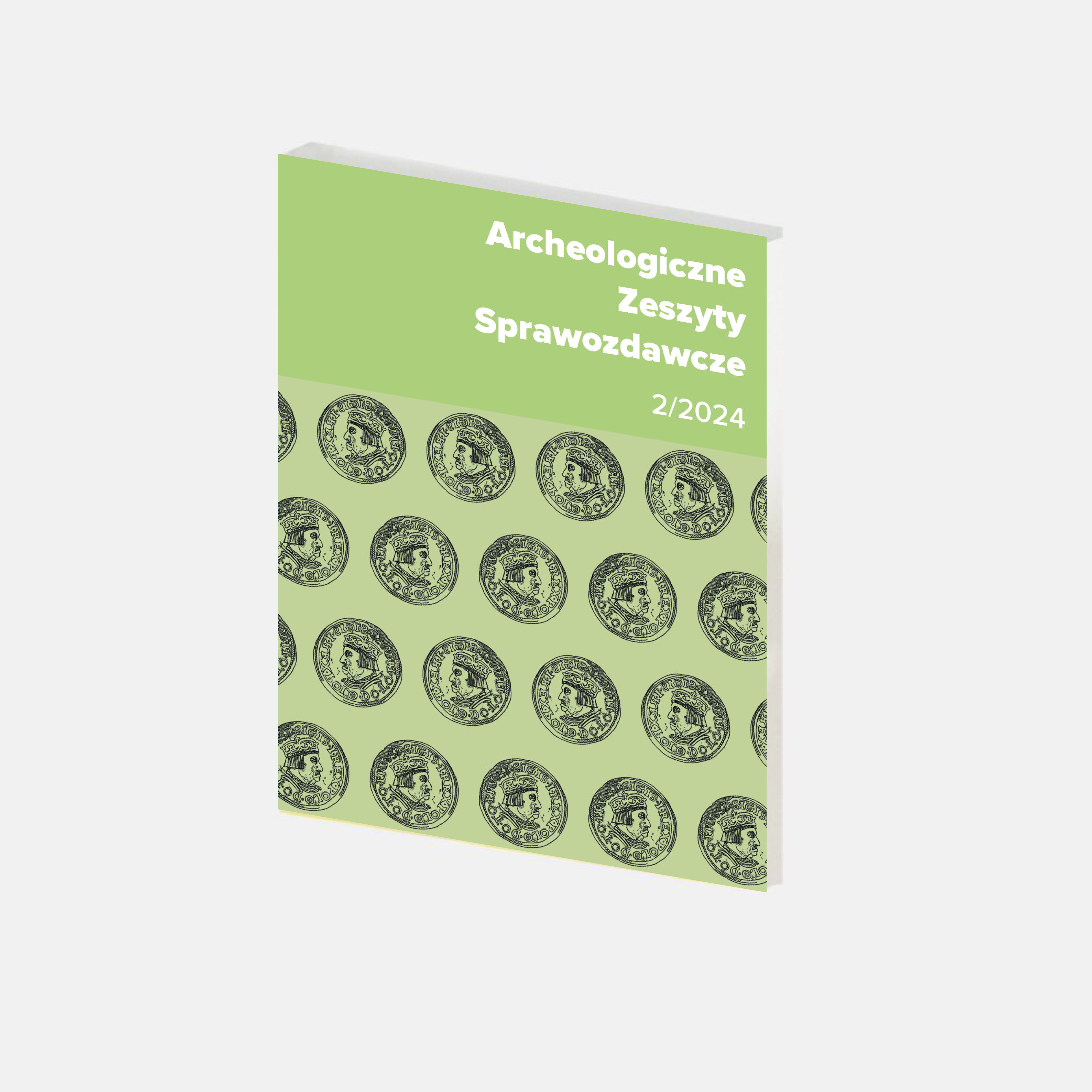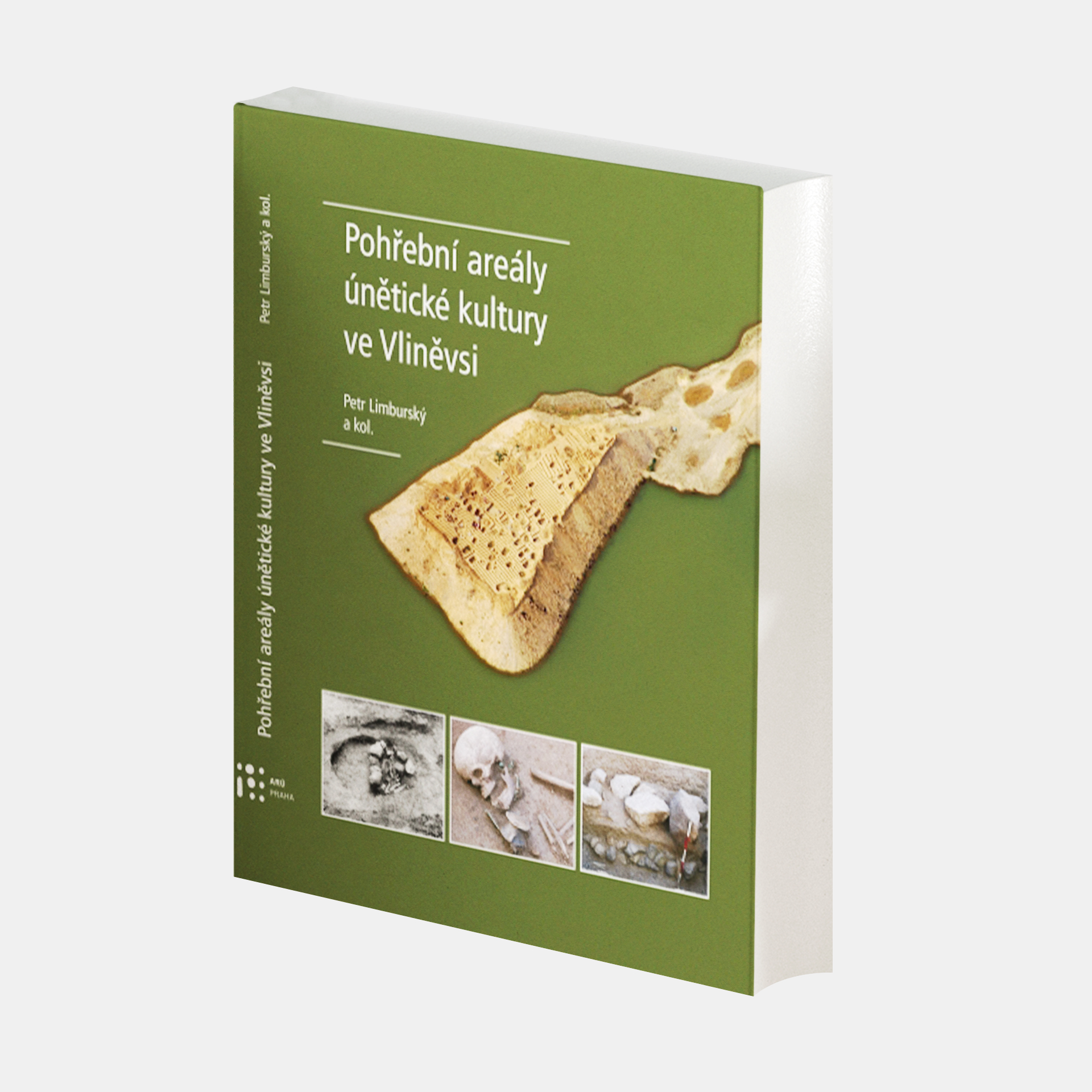Your cart is currently empty!
In August, due to the holiday season, books will be shipped within 14 days
Metrological analysis of Early Iron Age constructions is undertaken extremely rarely. Metrological analysis of Early Iron Age constructions is undertaken extremely rarely. Methodology used in this book is based on search for repeatable distances perceptible in the arrangement of postholes or other archaeological features. The outcome does not result from arithmetic calculation, but from the analyses of a geometric nature. This search for the length of prehistoric units of measurement constitute a large part of this book. However, it is only a starting point for further work.
Metrological analysis allows researchers to determine the arrangements of buildings relatively accurately and, due to this, their structure can be identified. This allows to ask why the spatial arrangement of buildings and settlements was organised in one way and not in another. This applies to physical spaces and ritual and social ones.
The aim of this work is to study the means of thinking about the world – and more specifically how and why they were used in a certain way. To answer such questions, the constructions techniques of building were compared with other products of material culture. A thorough stylistic analysis was undertaken and an attempt was made to determine the paradigms of individual artistic styles. All these phenomena are analysed against the background of the contemporary transformations of social structure. These issues are part of so-called cognitive archaeology.
Only logged in customers who have purchased this product may leave a review.
Stay updated!
Subscribe to our newsletter and don’t miss information about new publications and information about the life of the publishing house.






Reviews
There are no reviews yet.